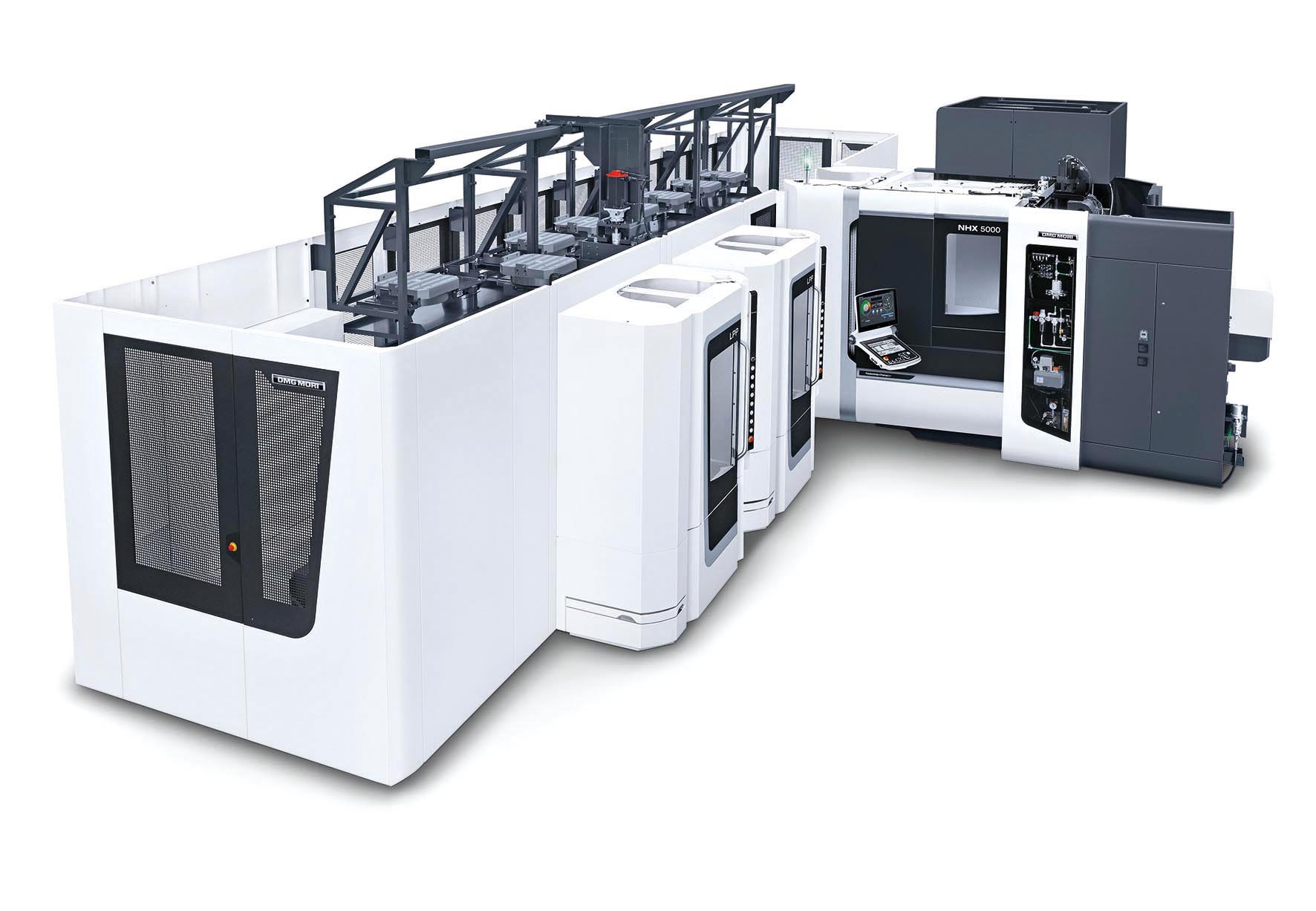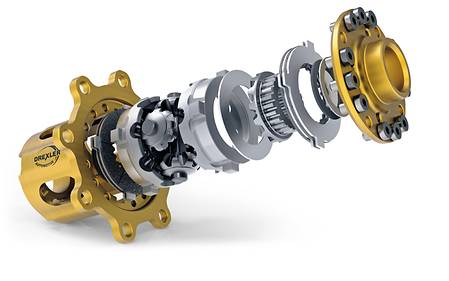
With an integral approach, joint venture DMG MORI HEITEC considers itself to be a supplier of modular, perfectly coordinated automation solutions.

The latter are additionally divided into linear and rotary magazine systems, whereby the workpiece handling systems are available in robot or portal loading variations. Both palette handling systems are a part of the DMG MORI automation portfolio, which includes a total of 50 solutions in the area of workpiece and pallet handling systems. The latest examples of DMG MORI’s automation expertise are the Robo2Go 2nd Generation for flexible workpiece handling on lathes and the wide range of pallet handling systems a PH 150 with up to 12 pallets and a maximum load capacity of 250kg on a DMU 65 monoBLOCK and a DMU 85 monoBLOCK with the new PH 400.

The name Fiat is an acronym, which originally stood for Fabbrica Italiana Automobili Torino, meaning loosely “Italian automobile factory of Turin,” the city where the company was based.Automated machines are crucial components of a digital factory and are an integral part of Industry 4.0 and DMG MORI considers automation to be a strategic future-orientated field. FIAT was founded in 1899 by Giovanni Agnelli, an Italian businessman who was part of a group of investors looking to begin an automotive company. The Fiat car brand has an origin story that may be a little unexpected for some readers. Later that year, it was renamed simply Volkswagenwerk, or "The People’s Car Company.” 16. On May 28, 1937, the government of Germany, which was then under the control of Adolf Hitler, formed a state-owned automobile company, which was originally called Gesellschaft zur Vorbereitung des Deutschen Volkswagens mbH (Company for the Manufacture of the German Peoples Car). As eight was considered a lucky number in Japanese culture, the company name was changed to "Toyota ". In Japanese, the word "Toyoda" takes ten pen strokes to write, while the word "Toyota " uses only eight.

Toyota Motor Corporation was founded in 1937 by the Toyoda family. In Italian, the word Ferrari is derived from the word "ferraro", meaning blacksmith. Within one year, he built 1500 cm3 8-Cylinder 815 Spider, winning its first Grand Prix in 1947. In 1939, he quit racing to build his own company. The luxury car brand Ferrari is named after its Italian founder, Enzo Ferrari, who was an official Alto race driver. Unfortunately, in Japanese, the word "son" means "loss," so it was changed to "sun", which has more positive associations. In 1931, the company developed a new passenger car which was more compact than the original DAT, so it was called Datson, as in "Son of DAT". Kwaishinsha later merged with the Jitsuyo Jidosha Co., Ltd. In 1914, he completed work on a small 2-cylinder 10-horsepower car, which he named DAT, after the initial letters of the surnames of his three investors - K. His dream was to produce cars uniquely suited to Japan. The company began in 1911 as Kwaishinsha Jidosha Kojo, founded by M. However, building competition cars proved to be a strain on finances, and Aston Martin changed hands several times until World War II. In 1947, tractor manufacturer David Brown purchased the company, and models built under Brown's ownership also included his initials - DB World War I briefly halted production, and afterward Aston Martin produced cars specifically for the racetrack, focusing on speed more than luxury. The name Aston Martin is derived partly from the name of its founder, Lionel Martin, and partly for a stretch of road in Hertfordshire, England, used for racing, called the Aston Hillclimb. This list of car brands and their origins will give you more insight into the culture and history of these companies. Knowing the origins of car brands is quite fascinating and helps us understand why the particular title was given. Curious how cars get their brand names? Today is your lucky day.ĭid you know that Aston Martin is derived from Aston Hill, where the founder lived?


 0 kommentar(er)
0 kommentar(er)
